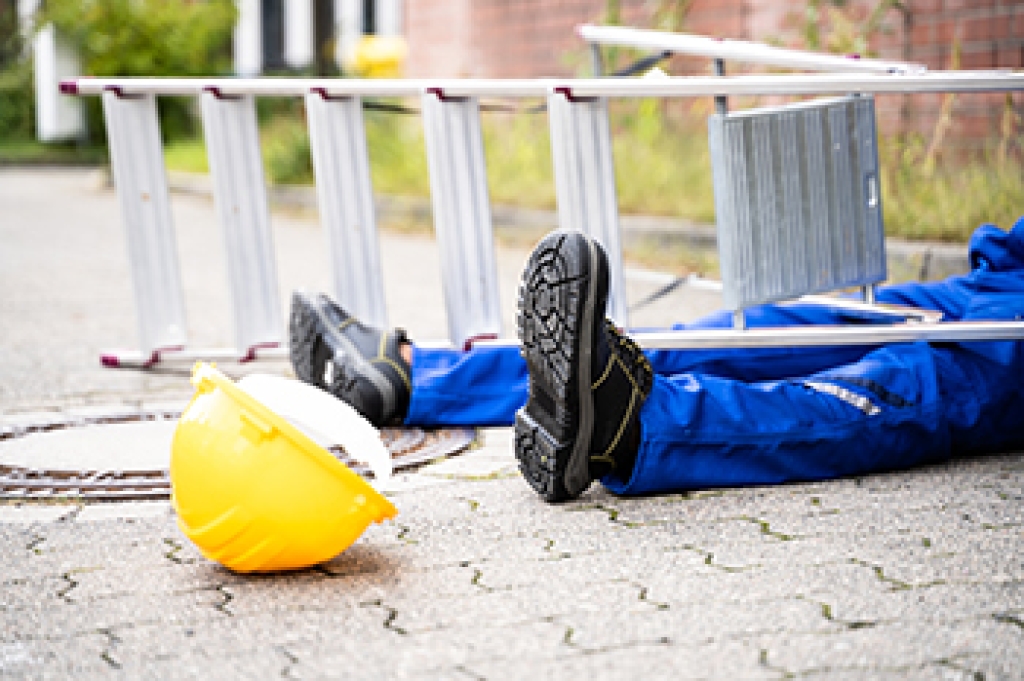
Finding the right shoes for your child starts with understanding how quickly the feet change as bones, muscles, and ligaments grow. Toddlers often begin walking with flat arches or feet that turn inward, but this usually improves as strength develops. Children’s shoes should protect their feet while allowing natural movement. Experts suggest buying shoes that bend near the toes, offer room for growth, and have a shape that matches the natural width of the forefoot. A secure heel helps guide the ankle, while laces or straps prevent slipping. Shoes that lack adequate support can lead to rubbing, ingrown toenails, or discomfort that affects walking. A podiatrist can assess foot alignment, recommend proper shoe structure, and discuss whether added support is needed to prevent long-term issues or reduce the chance of needing surgery. If your child is having foot problems, it is suggested that you schedule an appointment with a podiatrist for guidance in choosing the proper footwear.
The health of a child’s feet is vital to their overall well-being. If you have any questions regarding foot health, contact Jennifer M. Kern, DPM of South Carolina. Our doctor can provide the care you need to keep you pain-free and on your feet.
Tips for Keeping Children's Feet Healthy
- Make sure their shoes fit properly
- Look for any signs of in-toeing or out-toeing
- Check to see if they have Clubfoot (condition that affects your child’s foot and ankle, twisting the heel and toes inward) which is one of the most common nonmajor birth defects.
- Lightly cover your baby’s feet (Tight covers may keep your baby from moving their feet freely, and could prevent normal development)
- Allow your toddler to go shoeless (Shoes can be restricting for a young child’s foot)
- Cut toenails straight across to avoid ingrown toenails
- Keep your child’s foot clean and dry
- Cover cuts and scrapes. Wash any scratches with soap and water and cover them with a bandage until they’ve healed.
If you have any questions, please feel free to contact our office located in West Columbia, SC . We offer the newest diagnostic and treatment technologies for all your foot care needs.







